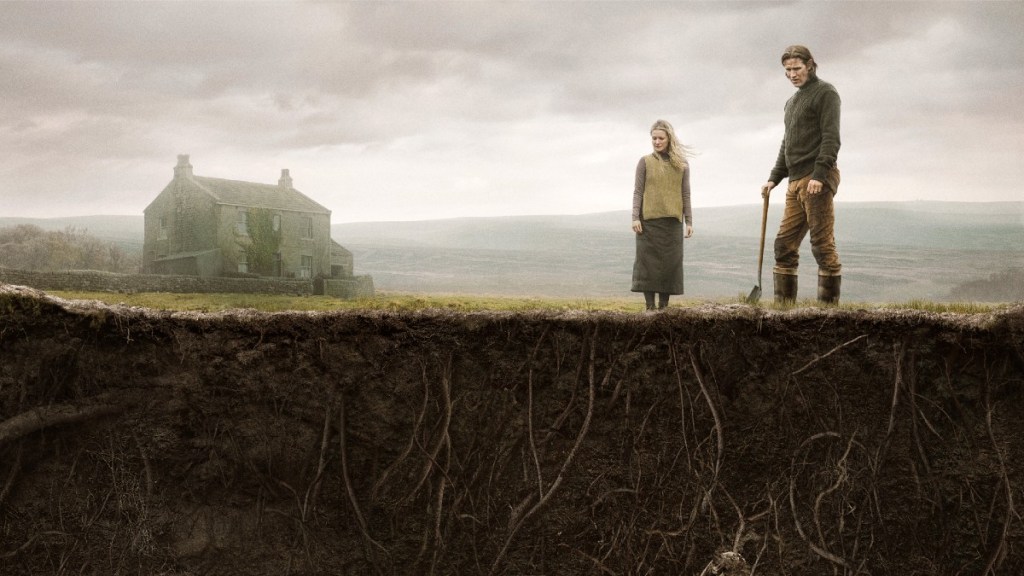Daniel Kokotajlo, director of the Matt Smith & Morfydd Clark horror movie Starve Acre, discusses the film’s making.
Based on the novel by Andrew Michael Hurley, Starve Acre is a methodical, mournful tale of a couple dealing with a great tragedy. The farmland they live on provides a distraction, but something sinister and ancient lurks in the earth…










